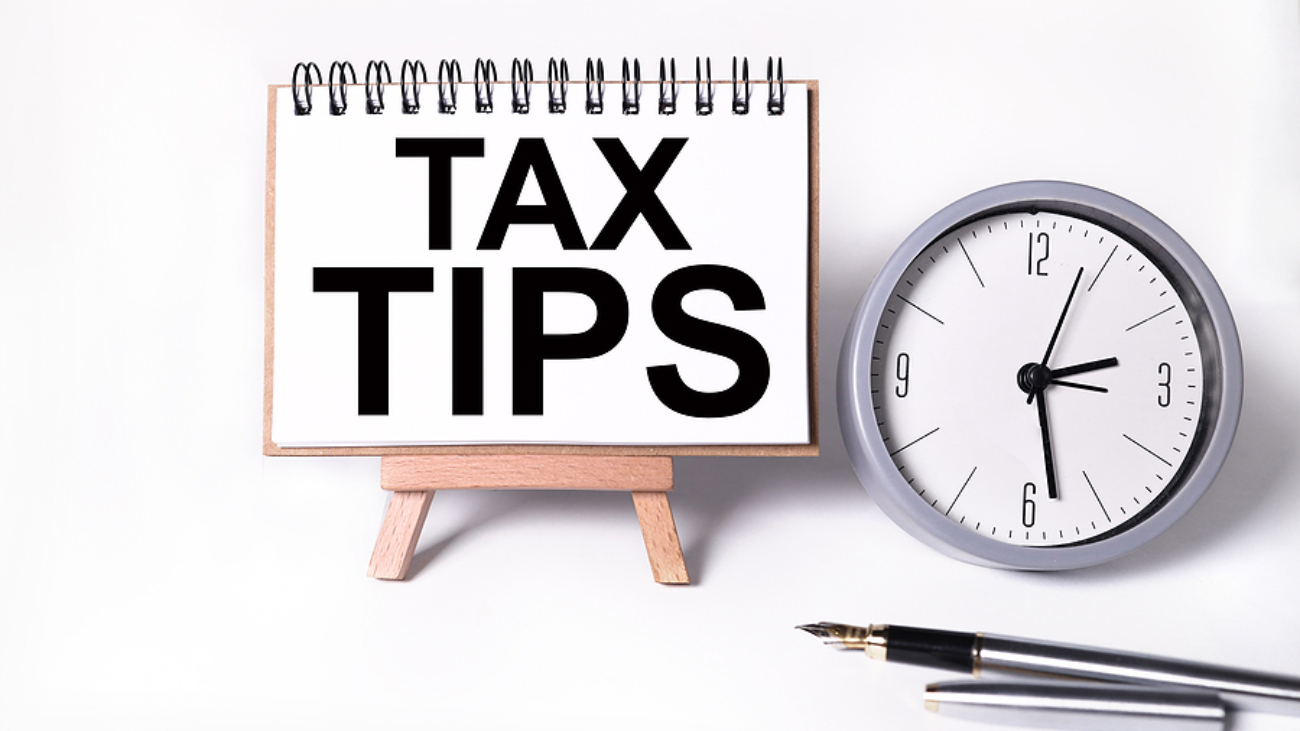When it comes to valuing a business, there are many ways to examine a company’s profitability. Looking at a business’ liquidation value and its breakup value are two of many approaches to see how a company is functioning and how it might run under different management and economic environments.
Liquidation Value
This type of valuation can be defined as the difference between what tangible assets would sell for at auction minus outstanding liabilities. Typically, intangible assets are not considered in this type of valuation. However, if the intangibles along with the physical assets are considered for sale and not sold at auction, it would be considered a business’ “going-concern value.” Examples of intangibles include goodwill, brand recognition, patents, etc.
There are many considerations when exploring liquidation value. Generally speaking, the liquidation value is more than salvage value but less than book value. When a company is going out of business and assets are auctioned off, proceeds will normally be valued below the asset’s historical cost. Historical cost refers to how assets are reported on the balance sheet. However, if the market assesses assets lower in value compared to business use, it could be lower than book value.
Here is an example of how liquidation value can be calculated. Say a business has liabilities of $1.1 million. Based on the balance sheet, the book (or historical) value of assets is $2 million; and assets have a salvage value of $100,000. If the value of selling the business’ assets via auction is projected to be $0.80 per dollar, it could be expressed as follows:
$1.6 million (assets sold at auction at $0.80 per dollar) – $1.1 million (liabilities) = $500,000 (Liquidation Value)
Breakup Value
Also known as “the sum-of-parts value,” the breakup value determines the worth of a corporation’s individual segments if they were operating independently. Investors might pressure the company to spin off one or more segments into a separate publicly traded company to maximize its value.
For each operating unit, the first step involves determining the segment’s cash flow, revenue and earnings. Such valuations can be benchmarked to publicly traded industry peers to determine comparative value of the business segment in question.
Financial ratios, including price-to-earnings (P/E) or price to free cash flow, are examples of starting points that analysts use to compare segmented business lines to industry peers to determine if it’s trading at below fair value, fair value or above fair value.
For example, if the P/E ratio of the company being analyzed is lower than its peers, it could mean the company is cheaper, or trading below fair value on an earnings basis. Though a more thorough financial analysis and assessment of macroeconomics is recommended, such as interest rates, inflation, etc., analysts could make an educated projection on how future earnings may or may not hold up in the future, compared to the business segment’s snapshot valuation.
Another way to evaluate is via discounted cash flows (DCF). This shows the segment’s future free cash flow projections through a discount rate, generally the weighted average cost of capital (WACC). The formula arrives at the present value of the business segment’s future cash flows. The following DCF example can tell the expected profitability and how to treat it going forward as part of the business:
Assume the company’s WACC is 10 percent; the amount invested is $5 million; it will last three years; and the annual estimated cash flows are as follows:
Cash Flow Discounted Cash Flow
Year 1: $2 million $1,818,181.82
Year 2: $4 million $3,305,785.12
Year 3: $6 million $4,507,888.81
Compared to the amount invested of $5 million for the business’ selected business segment, the discounted cash flows for the project are $9,631.855.75. This could give an indication of how the business line might do if it’s spun off or how its performance will impact other lines of the business financially.
While valuation is subjective, especially in periods of volatile inflation and interest rate conditions, the more points of valuation analysis that occur, the better the chances that valuations will turn out to be correct.


